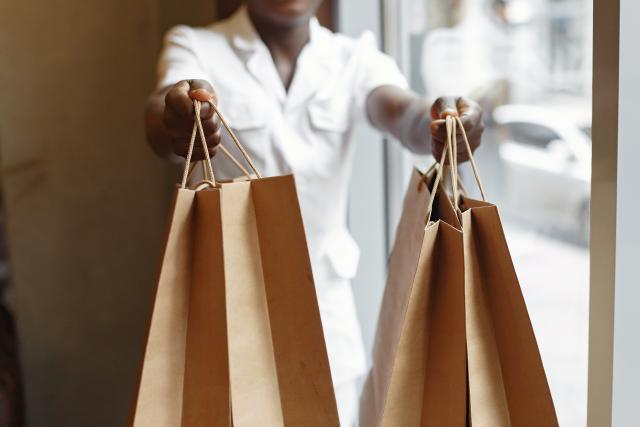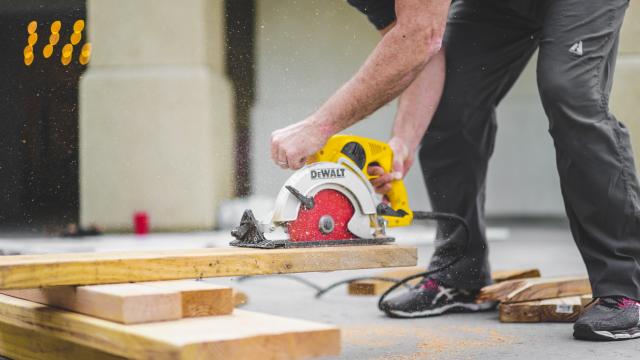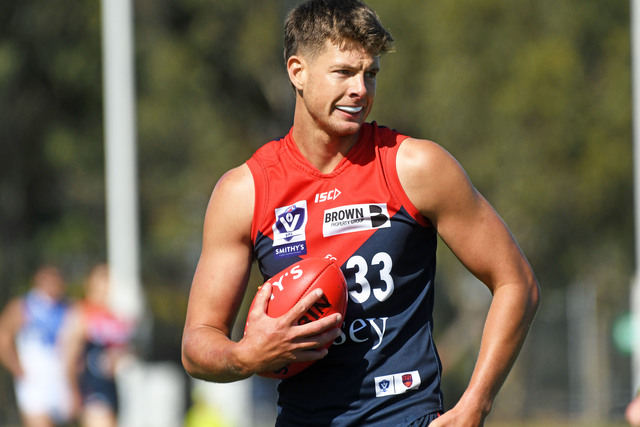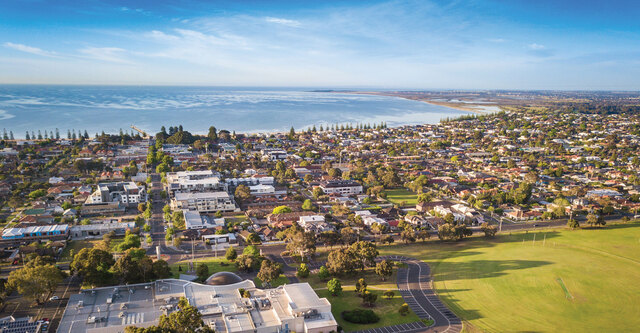Women in Melbourne’s inner-west continue to earn much less than
men, with almost three times as many high-earning men as women,
according to new figures.
Figures released last week to mark Equal Pay Day show men will earn almost $1 million more than women over their working lifetime.
The data has been compiled by Women’s Health West (WHW), based on the Australian Bureau of Statistics latest census figures.
Equal Pay Day marks the number of extra days women need to work
after the end of the financial year to earn the same as men – 64 extra
days this year.
WHW chief executive Dr Robyn Gregory said Australian women on
average earned 83 cents for every dollar earned by a man and only half
as much superannuation.
Factors include higher rates of women in undervalued and underpaid industries, higher casual and part-time work rates and inflexible working arrangements for child rearing.
Dr Gregory said women across the west reported a lower individual weekly income than their male counterparts.
“For example, 21.3 per cent of female residents and 14.7 per cent of males have an individual weekly income of less than $300.
“A concerning 12.3 per cent of females and 8.4 per cent of males
reported that they had nil or negative individual weekly income.”
At the other end of the scale, 19 per cent of men in Hobsons Bay earn more than $1500 per week compared with 8.1 per cent of women.
In Maribyrnong, 17 per cent of men but only 10.2 per cent of women earn more than $1500.
Dr Gregory said the gender wage gap affects women’s financial
security, health, safety and well-being, making them more vulnerable to
violence in the home.
She said equal pay would improve the status and health outcomes of all women.
“Given the proportions of women who report low individual weekly
incomes in the west, it is imperative that we develop and implement
strategies that strengthen women’s access to education, employment and higher-income opportunities.”






